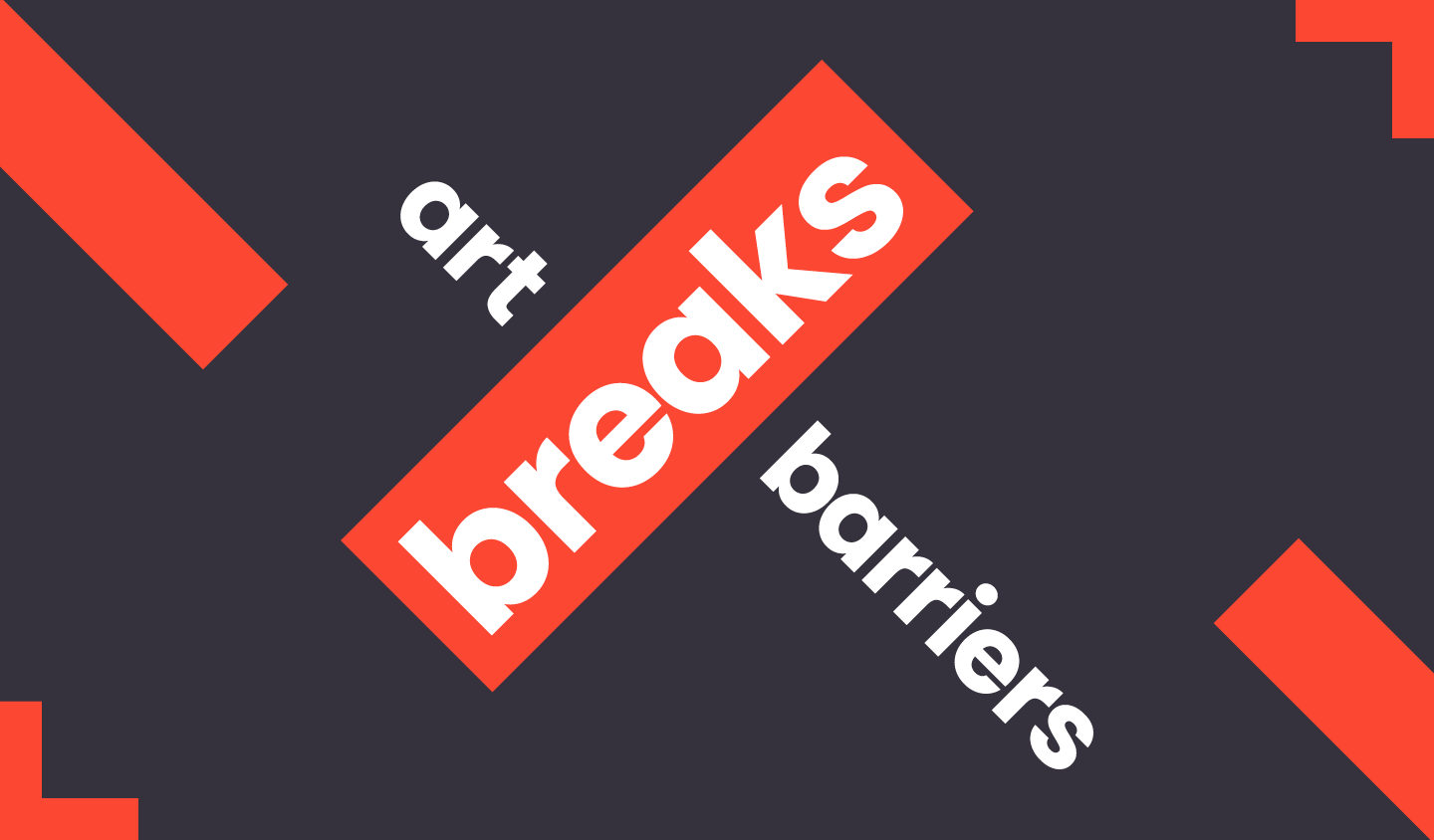Art has been an integral part of human culture throughout history. It has the power to convey emotions, ideas, and beliefs that surpasses language, culture, and time. Throughout history, art has broken barriers and shifted societies, and its impact on shaping our world is immeasurable.
Art surpasses limitations by promoting cultural exchange. It has the ability to transcend borders and reach audiences that might not have access to the culture it represents. When people are exposed to art from different cultures, it broadens their horizons, expands their worldview, and encourages empathy for others.
Art can also challenge the current circumstances and disrupts established social and political structures. Throughout history, artists have used their craft to challenge authority, question societal norms, and push for change.
Art can spark conversations and provoke deep emotions, inspiring people to take action and work towards a better world. For example, the feminist art movement of the 1960s and 70s challenged traditional notions of femininity and paved the way for greater gender equality in society.
Art can also create a shift in history by capturing and preserving pivotal moments in time. Art provides a lens into the past and helps us to understand the world as it is currently, how it was, and the visions for the future. Through art, we can gain insights into the social, political, and cultural forces that have shaped our history. It can serve as a powerful tool for future generations to learn from and better understand the struggles and triumphs of the past.
Art is an essential part of the human experience and plays a critical role in breaking barriers, shifting societies, and shaping our history.
It has the power to inspire, challenge, and transform. The impact on our world is immeasurable. As we continue to navigate the complexities of our world, we must remember the important role that art plays in creating a more just and equitable society.
Art can provide a space for reflection and introspection, and it can help individuals process emotions and experiences. In this way, art serves as a unifying force that brings people together, regardless of their differences.

